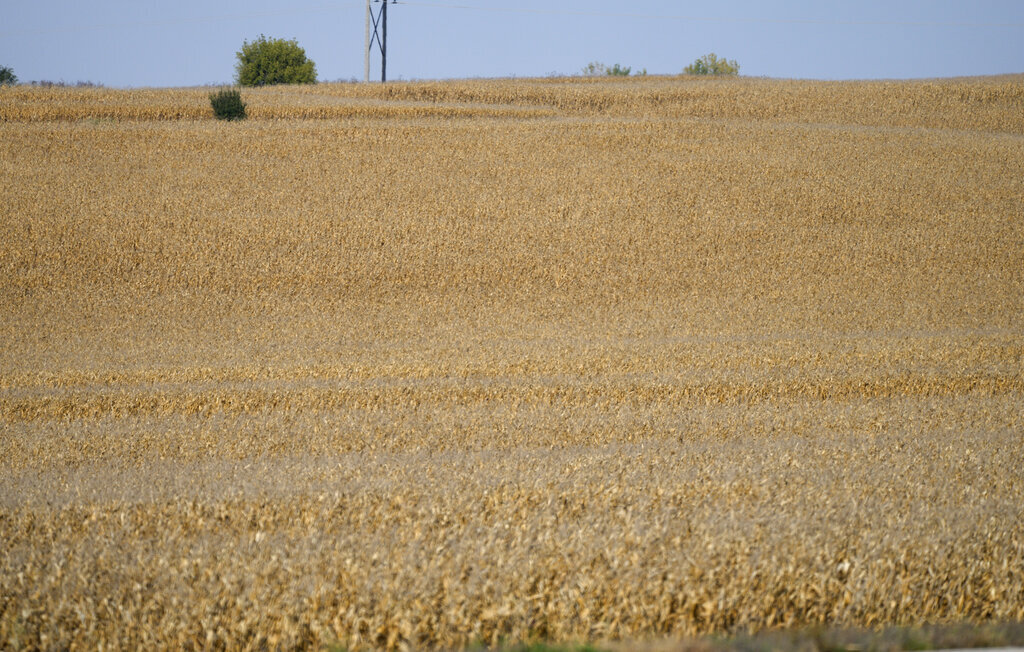The farm lobby is powerful, but cuts are possible. One reason is that only about one-third of the nation’s 2 million farms receive regular subsidies, and the bulk of the aid goes to a small group of large farms. One study found that 60 percent of subsidies from the three main crop programs go to the largest 10 percent of farms.
An overhaul of these programs is long overdue because farmers are not struggling as they were in the 1930s when the farm welfare system was created. Indeed, far from it—the average income of all farm households in 2021 was $135,281, which was 32 percent higher than the $102,316 average of all U.S. households. It is true that farming is a risky business, but the risks don’t seem to be any greater than in many other industries. The annual bankruptcy rate in farming, for example, has been about two per 10,000 for farm businesses in recent years compared to four or more for all U.S. businesses. If you live in a city, you notice the large turnover in retailers and restaurants in your neighborhood as tastes change and competition is fierce.
Republicans often say that welfare, such as food stamps, should be only temporary, and that people should strive to stand on their own two feet. The same should be true for farmers. If subsidies were ended, farmers would need to adjust, but over time they would prosper, just as low-income individuals adjusted after welfare reforms in the 1990s. New Zealand has shown that farmers can prosper without subsidies. That country ended its farm supports in the 1980s, and farmers adjusted by cutting costs, diversifying land use, seeking nonfarm income, and developing new markets. Over time, farm productivity and incomes rose.



Article mentions farms in the 1980’s. Here is Wikipedia on USA Farm Crisis. They put the blame on land prices, but farming didn’t just “adjust”. Lots of small farms were put out of bu6.